A shocking case presented in The New England Journal Of Medicine may just be the deterrent doctors need to encourage their patients to give up basking in the sun.
The picture above shows a 69 year old man who is a delivery truck driver for the past 28 years. Over time, he noticed that one side of his face became more wrinkled and thickened. Because the left side of his face receives much more sun during driving, the same side of the face is severely photodamaged. Skin changes consistent with sun damage – hyperkeratosis, open comedones, nodular elastosis were found on examination. The changes were consistent with the Favre–Racouchot syndrome of photodamaged skin, known as dermatoheliosis.
Car windows (and other glass surfaces) block out all Ultraviolet A (UVB) rays, but allow Ultraviolet A (UVA) rays to pass through. UVA rays penetrate deeper into the skin than UVB, contributing to skin aging and wrinkling, but for years, scientists did not think that UVA rays contributed to skin cancer. Studies in the last 2 decades have proved otherwise – UVA rays cause damage to the cells in the epidermis where skin cancers occur. They contribute to and may even initiate skin cancer formation!
The next time you have an urge to visit a tanning salon, take a look at this picture. Tanning booths give people a tan by emitting UVA rays. It is estimated that the people receive up to 12 times as much UVA as what they get in the sun when they undergo a tanning session. Recent studies have shown that people who use tanning salons are 2.5 times more likely to develop squamous cell carcinoma, 1.5 times more likely to develop basal cell carcinoma., and have an increased risk of developing melanoma – the deadliest form of skin cancer.
Like this poor man, it may sometimes be difficult to avoid the sun’s damaging rays. We can minimise the damage to our skin by wearing protective gear like a hat or umbrella (yes I truly believe there is no shame in a man carrying an umbrella), and using a good sunblock with broad spectrum UVA and UVB protection. I personally never leave home without my sunblock, as I already have existing skin pigmentation problems.
Reference:
Unilateral Dermatoheliosis by Jennifer R.S. Gordon, M.D. Joaquin C. Brieva, M.D. Northwestern University, Chicago, IL
N Engl J Med 2012; 366:e25April 19, 2012





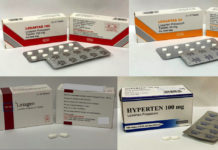




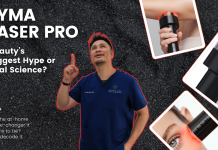

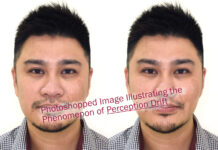


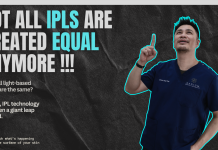
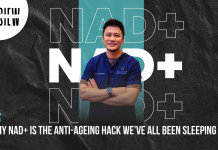




Hi! <br /><br />Sloane Inc SPF 70 is very lightweight. You can come down to any of the clinics and try the texture out first to see if you like it. 🙂